Spotlight on microbial ecology
Published in Ecology & Evolution

Microbes are increasingly being recognised as key components of ecosystems, and understanding their ecology is a clear frontier being made ever more accessible by the development of new sequencing technologies.
Reviews and Perspectives
Function and functional redundancy in microbial systems
Microbial communities may often be composed of a wide diversity of taxa that perform similar functions. Here, Louca et al discuss the roles of function, functional redundancy and taxonomy in microbial community assembly and coexistence
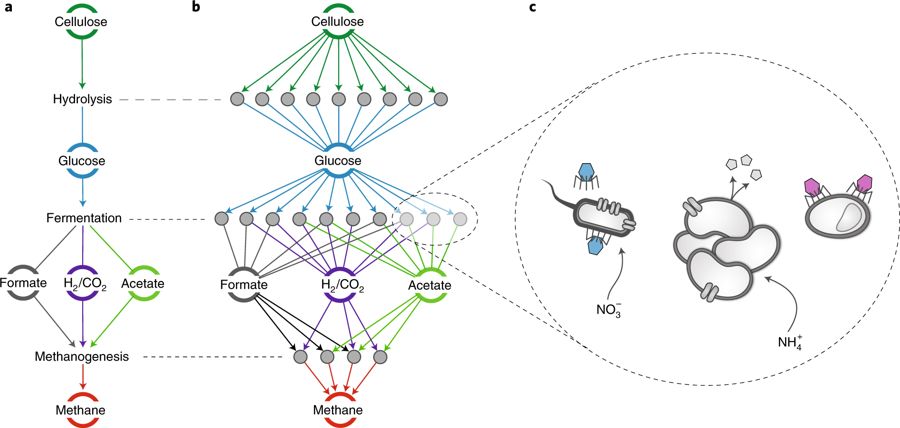
The microbiome beyond the horizon of ecological and evolutionary theory
Host–microbiome interactions may have unique characteristics that are not completely captured by existing ecological and evolutionary theories. Koskella et al highlight potential pitfalls in applying these frameworks to the human microbiome.
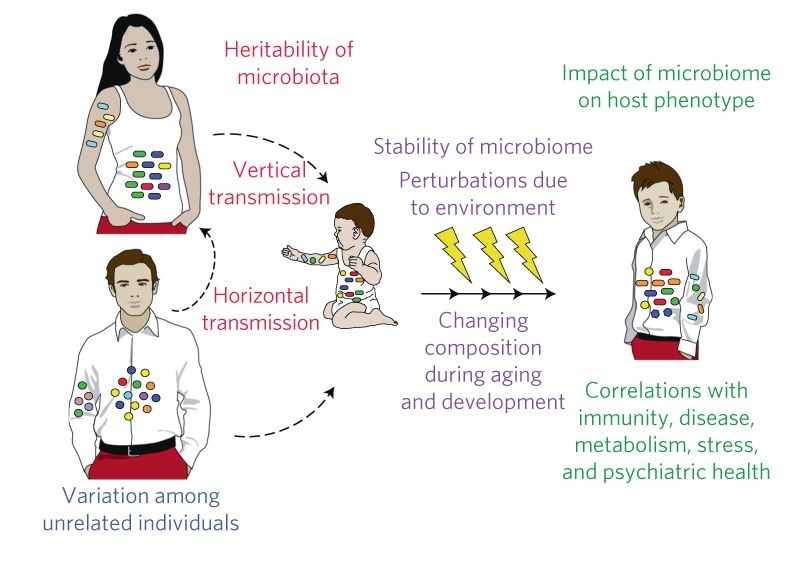
Research
A macroecological theory of microbial biodiversity
Testing widely known biodiversity models on a dataset of >20,000 microbial community samples from a wide variety of ecosystems, Shoemaker et al find that microbial abundance and diversity across scales is best predicted by a model of lognormal dynamics
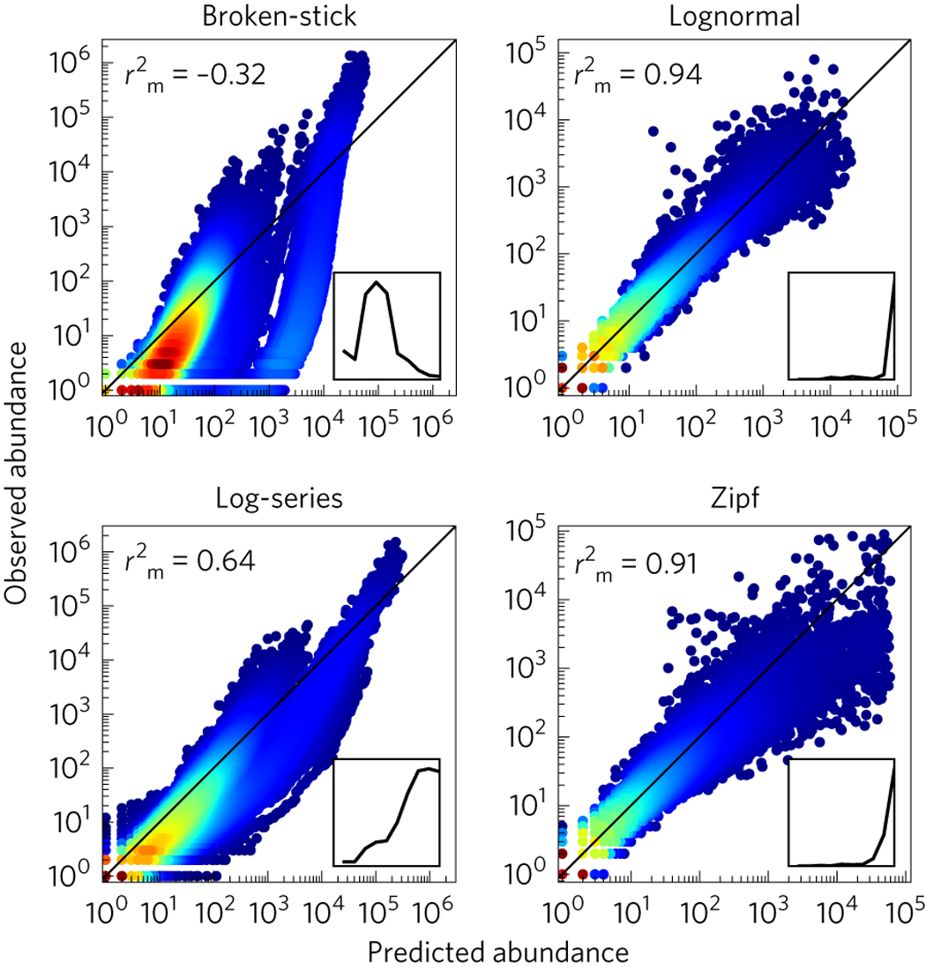
Ubiquitous abundance distribution of non-dominant plankton across the global ocean
Analysing data from the Tara Oceans expedition, Ser-Giacomi et al show that the abundance distributions of non-dominant marine microbial eukaryotes are characterized by a power-law decay, the exponent of which varies by less than 10% across the global ocean.
Palaeoclimate explains a unique proportion of the global variation in soil bacterial communities
Analysing data from more than 1,000 sites globally, Delgado-Baquerizo et al. show that palaeoclimatic legacies explain a greater amount of variation in bacterial community richness and composition than current climate
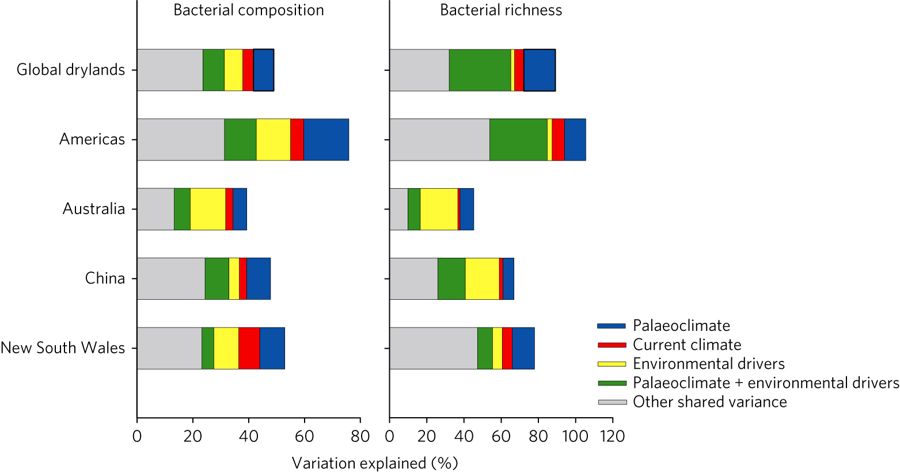
Bacterial diversification through geological time
Reconstructing bacterial diversity dynamics from phylogenies, the authors estimate that there are about 1.4–1.9 million extant bacterial lineages and that diversity has been continuously increasing over the past 1 billion years, although most lineages to have inhabited Earth are now extinct.
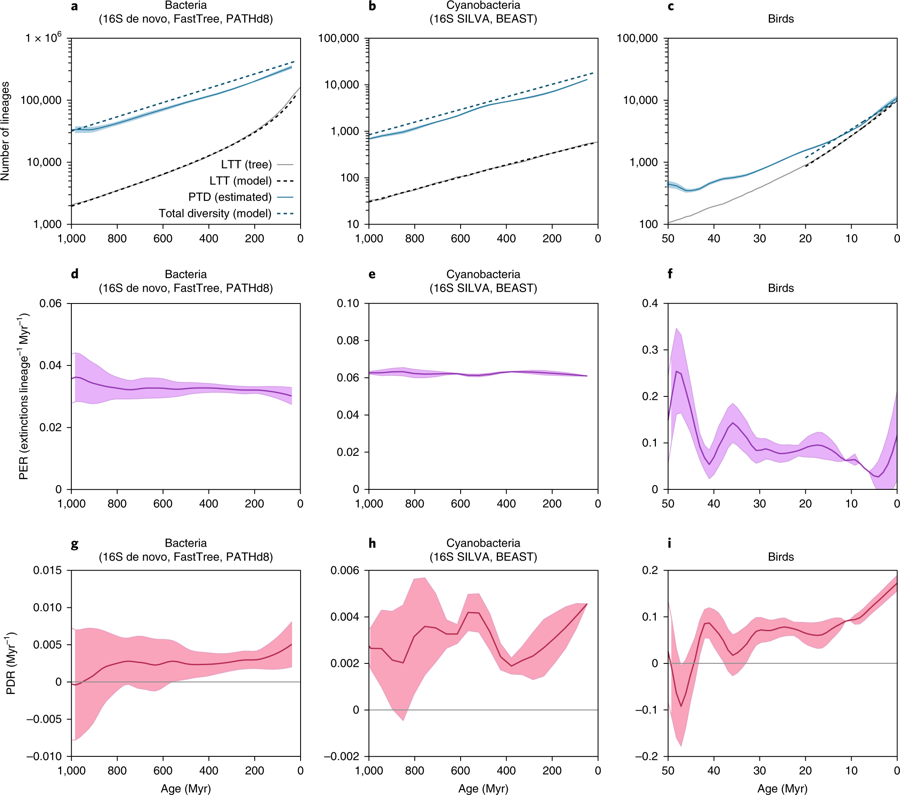
Ecological suicide in microbes
Many organisms can modify habitats for their own benefit, but some may also do so in non-beneficial ways. Here, Ratzke et al. report an extreme example in soil bacteria in which modification of environmental pH at high population densities leads to population extinction

Community structure follows simple assembly rules in microbial microcosms
Survival of competing microbial species pairs predicts competition outcome between a greater number of species: species that coexist with each other in pairs will survive, species that are excluded by any of the surviving species will go extinct

Metagenomic and metaproteomic analysis of soil from a 17-year tropical forest fertilization experiment supports the hypothesis that microbial communities respond to nutrient deficiency by enhancing the extraction of phosphorus from recalcitrant substrates.
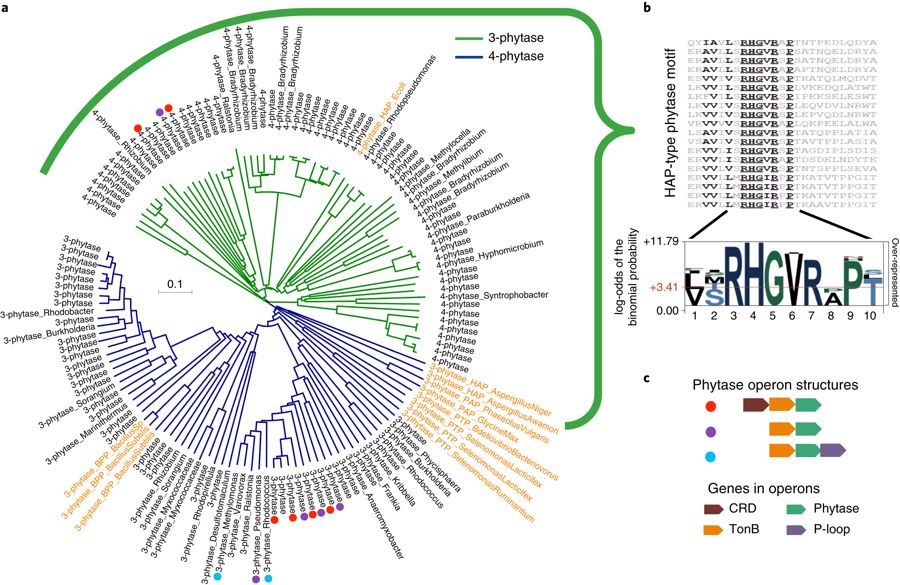
Urbanization erodes ectomycorrhizal fungal diversity and may cause microbial communities to converge
Analysis of soil microbial communities from five cities on three continents finds that urbanization is linked to the convergence of archaeal and fungal communities, and loss of ectomycorrhizal fungal diversity and abundance.
Gene exchange drives the ecological success of a multi-host bacterial pathogen
A population-genomic analysis of more than 800 isolates of Staphylococcus aureus, representing the breadth of host-species diversity, reveals details of the pathogen’s evolutionary trajectory, including how this has been influenced by animal domestication and antibiotic use.
Drug-mediated metabolic tipping between antibiotic resistant states in a mixed-species community
Single-species antibiotic dose response is a poor predictor of multi-species community dynamics because it cannot foresee the tipping points that cause irreversible changes in resistance that persist even when treatment stops, find Beardmore et al.
Handling unpredictable ecosystems
Rene Niehus & Sara Mitri discuss the findings from Beardmore et al (above), and argue that predicting and steering the fate of antibiotic resistance requires developing ecology- and evolution-aware strategies.
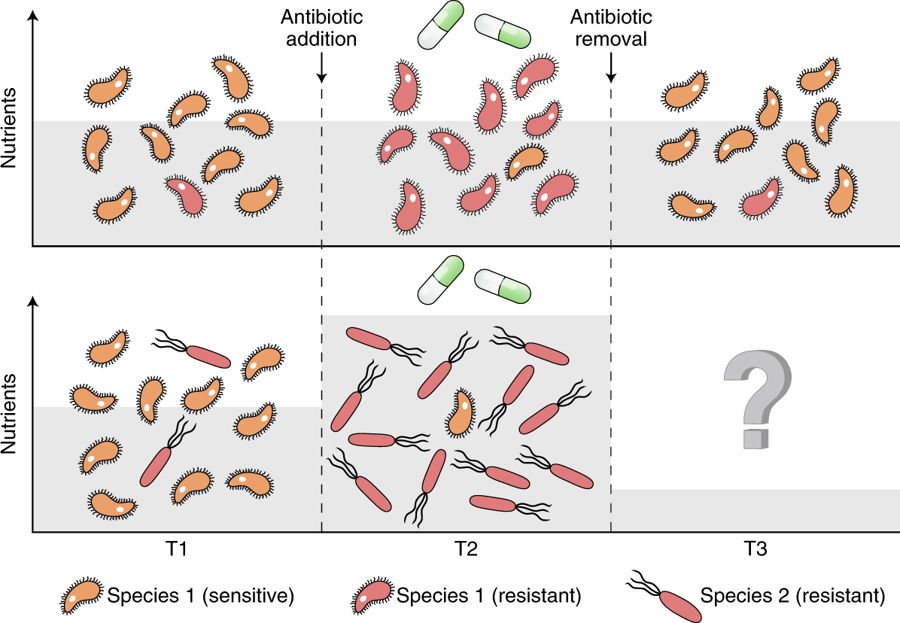
Title background image from Maynard, D. S. et al., Diversity begets diversity in competition for space. Nat. Ecol. Evol., 1, 0156 (2017).
You can explore all Microbial Ecology published at Nature.com here: https://www.nature.com/subjects/microbial-ecology



Please sign in or register for FREE
If you are a registered user on Research Communities by Springer Nature, please sign in